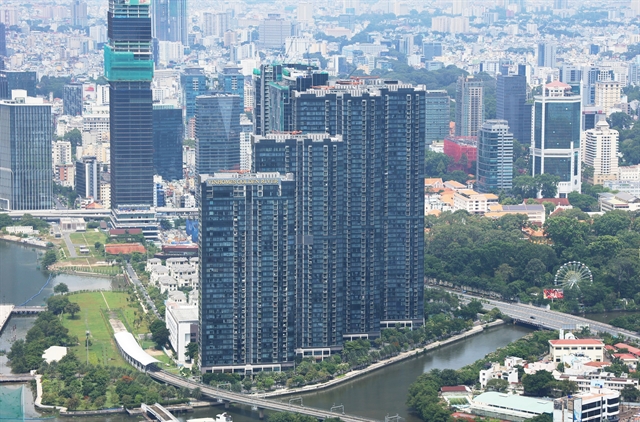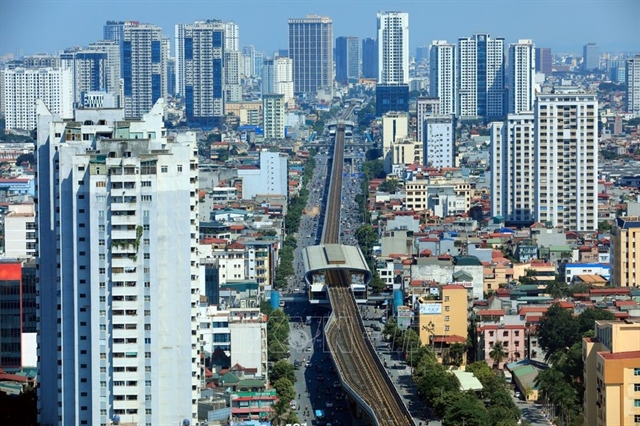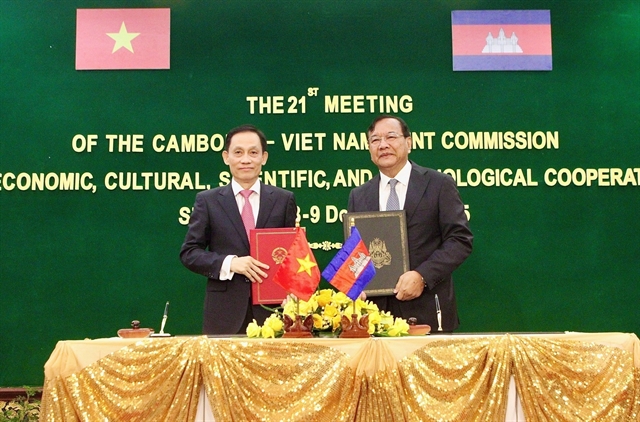 Life & Style
Life & Style

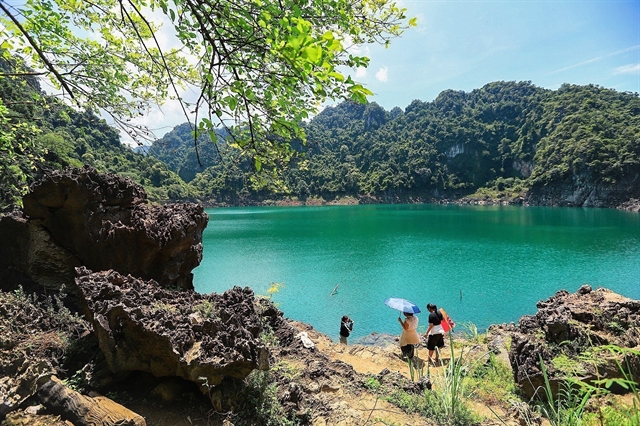
|
| The cool and pristine green space of Mắt Ngọc Lake - a new tourist attractiion in Phú Thọ Province. VNA/VNS Photo Trọng Đạt |
PHÚ THỌ — Renowned not only for its sacred Hùng Temple Festival, a UNESCO recognised intangible cultural heritage of humanity, Phú Thọ Province is now carving a path in green tourism, harmonising environmental conservation with the sustainable use of natural resources.
Vast landscapes dotted with palm forests, tea hills, winding rivers and a rich cultural heritage system are creating a distinctive tourism appeal for this northern mountain province.
The merging of the former provinces of Phú Thọ, Hoà Bình and Vĩnh Phúc has ushered in a more integrated and harmonious era for development, particularly in tourism. The province now boasts unique cultural, historical and ecological assets, bringing together the Hùng King heritage, modern industrial urban areas and pristine indigenous eco-tourism spaces.
Phú Thọ is committed to developing tourism that connects ecosystems, culture and communities. The province is focusing on the careful exploitation of resources, including the unique ecological landscapes of Hoà Bình Lake, Xuân Sơn National Park, Tam Đảo and Đại Lải resorts, Long Cốc tea hills, Thanh Thủy and Kim Bôi hot mineral springs, traditional craft villages and historical relic systems.
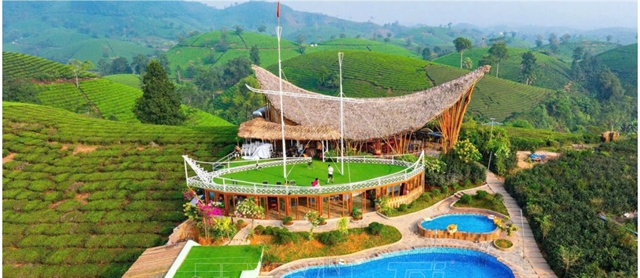
|
| A view of the Long Cốc Ecolodge Resort in Phú Thọ. |
Phú Thọ has set a goal to make tourism a key economic sector, generating benefits for local communities while helping to preserve the green lung of the Northern midland and mountainous region.
In developing green tourism, the province draws not only on its natural landscapes but also on active participation from local communities. Homestay models in communes such as Xuân Đài, Long Cốc and Thanh Thủy have boosted incomes for residents while offering tourists a distinctive and immersive experience.
Director of the Phú Thọ Provincial Tourism Promotion Centre, Nguyễn Đức Hoà, said: “We focus on promoting the image of Phú Thọ as an attractive, safe, friendly, rich in identity and sustainable destination."
He emphasised the importance of green tourism, noting that it requires a shift in development thinking so that businesses, local people and visitors can work together to protect the environment and uphold traditional cultural values.
“The province is also building green tours linked with OCOP products, local specialties and other Phú Thọ goods to give tourists an authentic experience and help promote the local brand,” the provincial tourism official added.
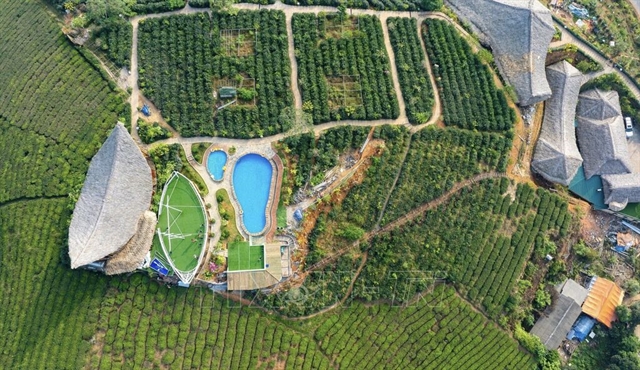
|
| The tourist site of Long Cốc tea hill in Phú Thọ attracts many tourists to the province. VNA/VNS Photo |
According to its development orientation, Phú Thọ continues to invest in green infrastructure, including transport routes linking ecological zones, tourism waste-treatment systems and the promotion of renewable energy use at accommodation facilities. At the same time, it is coordinating with the provinces of Yên Bái and Lào Cai to build a shared tourism space themed Returning to the Roots, aimed at expanding the network of ecological and community-based tourism products.
Experts note that green tourism is no longer just a trend but an essential condition for sustainable development. Travellers are increasingly interested in sustainable practices, reducing plastic waste and limiting negative impacts on the environment and local communities.
As a result, the green tourism movement is expected to drive Phú Thọ’s efforts to attract both domestic and international visitors.
In 2024, the province welcomed more than nine million visitors, many of whom chose to relax at Thanh Thủy mineral spring or explore the natural landscapes of Xuân Sơn National Park.
In the first nine months of 2025, Phú Thọ’s tourism sector continued to show strong growth. The province recorded 3.65 million overnight visitors, including 95,000 international tourists. Total revenue from tourism services reached nearly VNĐ12 trillion (US$500,000), highlighting the sector’s emergence as a key contributor to the local economy.
Several major corporations have committed to investing in tourism and resort developments worth thousands of billions of đồng. Projects such as the Cuoi Ha cable car system and the Serena Resort are promising new additions expected to transform the tourism landscape, offering high-quality products that meet the needs of both domestic and foreign travellers.
This growth underscores the strong potential of environmentally friendly tourism.
However, experts and provincial officials have also pointed to challenges affecting green tourism development, including overcrowding at certain destinations, inconsistent service quality among homestays and a lack of environmental awareness among some visitors.
To address these issues, they say the province must adopt coherent policies and provide targeted support from management agencies in the early stages.
Phú Thọ is taking steps to involve local communities in green tourism by offering training on tourism service skills, raising awareness of responsible travel and strengthening oversight of tourism infrastructure development to ensure harmony with the natural landscape and safeguard the environment. — VNS


